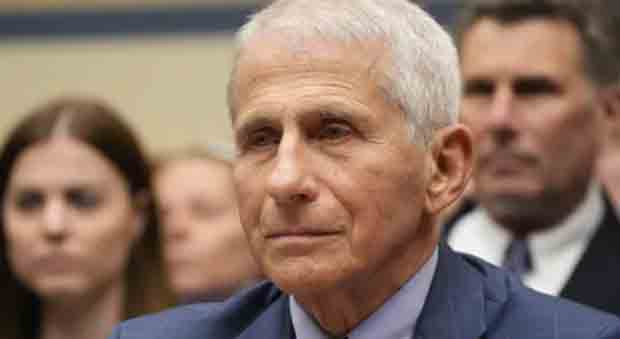Climate change scientists are so desperate to stop the Sun’s rays from reaching the Earth that they plan to launch massive umbrellas into space to reduce the Earth’s exposure to our closest star.
According to climate scientists, large parasols could be placed above the Earth’s atmosphere to block out the Sun’s rays, reducing the intensity of sunlight to stop “climate change” and “global warming.”
However, the size of the parasol would need to be the size of Argentina, or one million square miles, to block out the Sun.
Moreover, the sun shades would weigh about 2.5 million tons, which would make it a challenge to get it into space in the first place.
Scientists are now looking to prove their idea would work by producing a 100-square-foot prototype with a whopping $10 to $20 million of funding.
The Times reported that the physics professor and the Asher Space Research Institute’s director at Technion-Israel Institute of Technology, Dr. Yoram Rozen, is spearheading the idea.
Because launching an umbrella the size of Argentina would be too extensive to get up above the Earth’s atmosphere, Rozen is going to test smaller shades that would diffuse the intensity of the Sun.
“We can show the world, look, there is a working solution, take it, increase it to the necessary size,” Rozen told the Times.
Rozen is currently designing a prototype and hopes the funds will enable them to build it within three years.
However, a full-sized umbrella would cost trillions of dollars, and there is no guarantee it would even work.
“We at the Technion are not going to save the planet,” Rozen told The Times.
“But we’re going to show that it can be done.”
Supporters of the Sun blocking technology said that even if it is successful, the world would still need to stop using fossil fuels.
“I’m not saying this will be the solution, but I think everybody has to work toward every possible solution,” Istvan Szapudi, an astronomer at the Institute for Astronomy at the University of Hawaii told the Times.
Of course, the bizarre idea of blocking out the Sun is nothing new.
In 2021, billionaire Bill Gates announced he was plowing millions into the development of sun-dimming technology, which would reflect sunlight away from the Earth.
The new technology, part of ‘The Stratospheric Controlled Perturbation Experiment (SCoPEx), aims to spray non-toxic calcium carbonate (CaCO3) into the atmosphere, an aerosol designed to deflect sunlight, and supposedly offset the effects of climate change.
But critics of the proposed technology warned that such measures come with unpredictable risks.
Forbes reported:
Environmentalists similarly fear that a dramatic shift in mitigation strategy will be treated as a green light to continue emitting greenhouse gases with little to no changes in current consumption and production patterns.
SCoPEx will take a small step in its early research this June near the town of Kiruna, Sweden, where the Swedish Space Corporation has agreed to help launch a balloon carrying scientific equipment 12 miles (20 km) high. The launch will not release any stratospheric aerosols. Rather, it will serve as a test to maneuver the balloon and examine communications and operational systems. If successful, this could be a step towards a second experimental stage that would release a small amount of CaCO3 dust into the atmosphere.
Last year, István Szapudi, Another climate scientist at the University of Hawaii, devised an alternative idea of blocking out the Sun.
Szapudi said something like an asteroid could help do the job.
Yes, really.
Politico reported:
An asteroid could be harnessed to the reflective shield to help keep the shade in position. Szapudi said space debris like moondust could also be used.
Szapudi said his typical research field doesn’t include climate geoengineering. But during the pandemic, he happened to collaborate with other researchers on papers about Covid-19 economics and epidemiology. It changed his perspective.
“I got the taste of trying to do something that helps to solve problems,” Szapudi said. “And climate change is one of the biggest problems facing humanity.”











